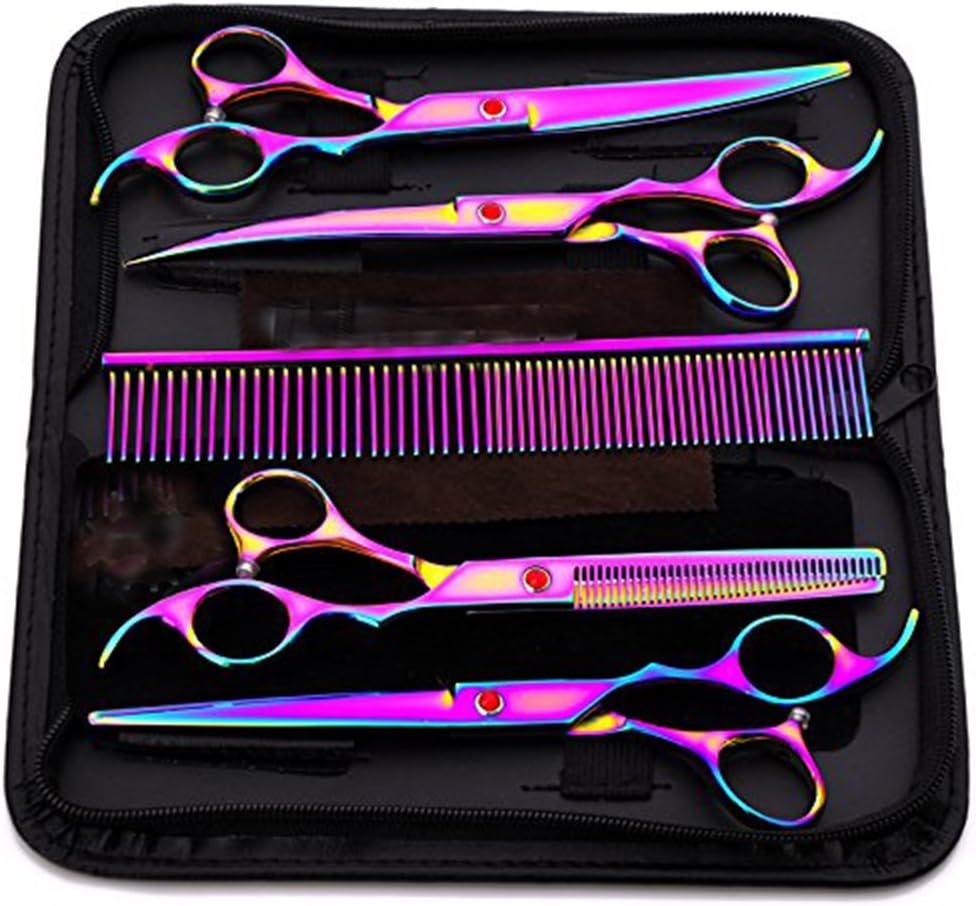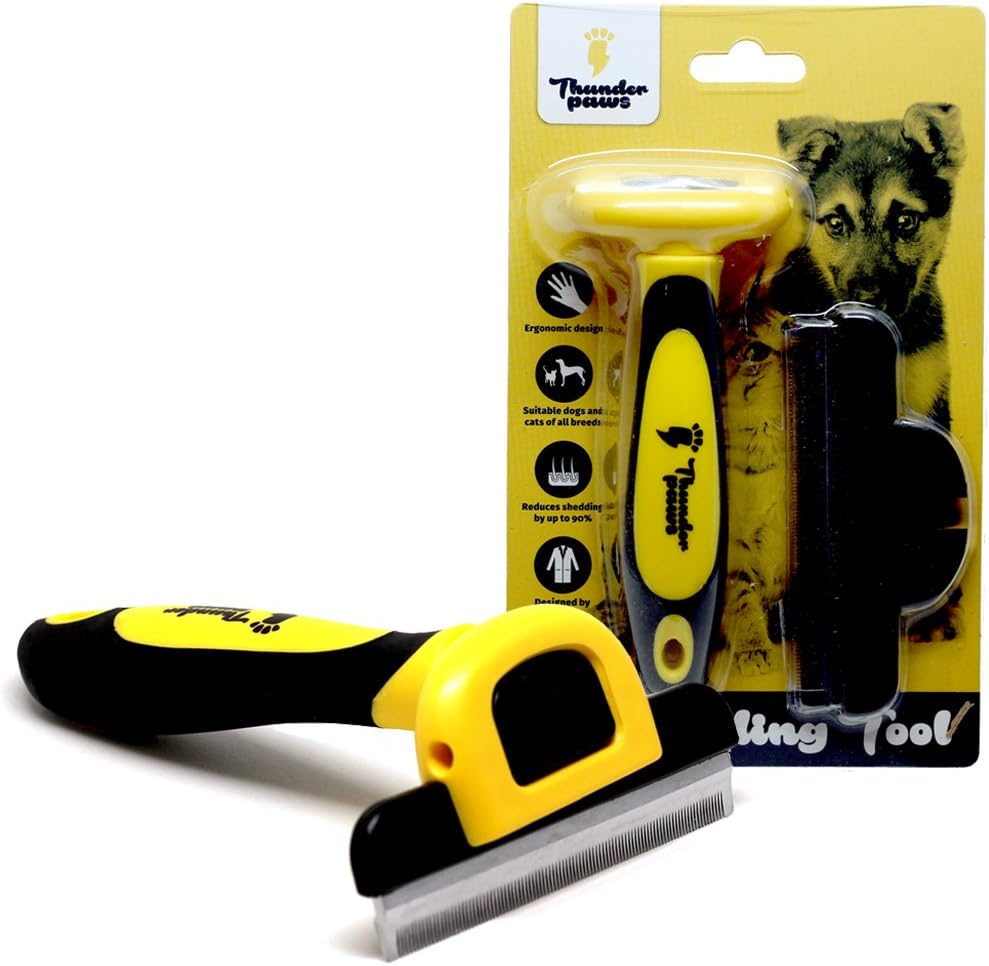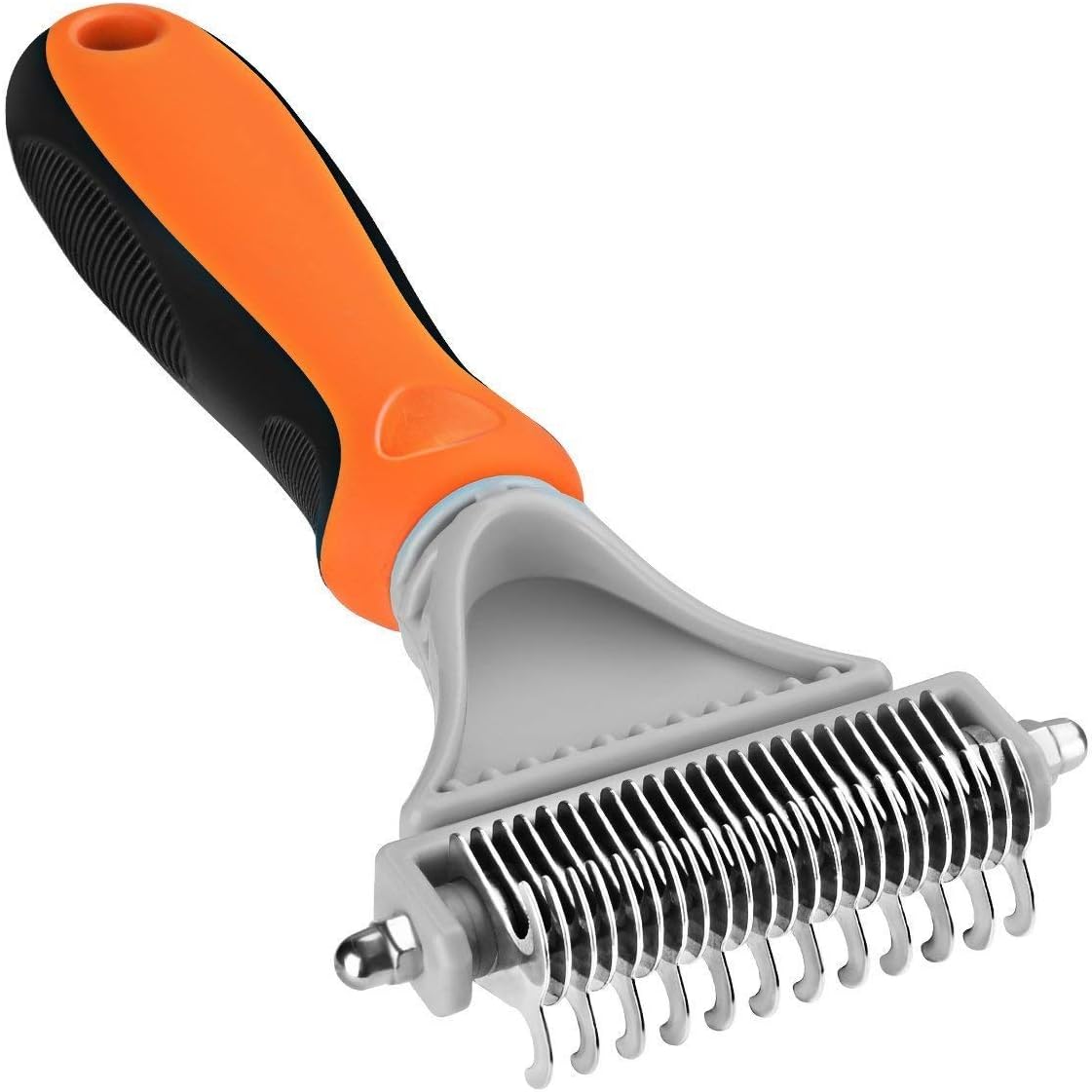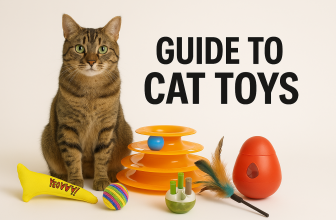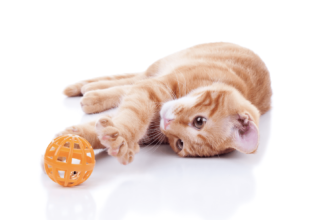
If you’re hunting for indestructible dog beds, that means your lovely little pooch has already torn one or two dog beds down!
Unfortunately, there isn’t really anything out there that is truly an indestructible dog bed, but you can get beds which make it difficult for them to chew through, or you instead you can train them to stop chewing, training is the best way, but buying a stronger bed is the easiest!
There are two styles of beds that you should think, there’s a mattress form with an extra-strong cover on it to try and stop them chewing through it, they might be fine, but if your dog tries to get through the cover, it’ll tear the inside out and make a huge mess.
The second type is the’ dog cot ‘ style of bed where there is a frame typically metal or plastic, and then a sturdy blanket draped over it. They’re perfect because they’re not large and chewable like a regular bed, and your dog can’t get his teeth into it as quickly (plus biting on the metal poles that make up the frame won’t be pleasant for them!). Dog cots are not as soft as a normal dog bed, so they keep your dog out of the hard floor to prevent joint problems, and you can put a blanket on it to make it more comfortable if you want to.
In a hurry?
If you don’t have much time use the links below to quickly find the best Indestructible Dog Beds for you on Amazon. You can be assured we only choose the best products…
– Best Overall –
FEANDREA Dog Bed, XXL Dog Basket
Editors’ Picks Dog Beds Table
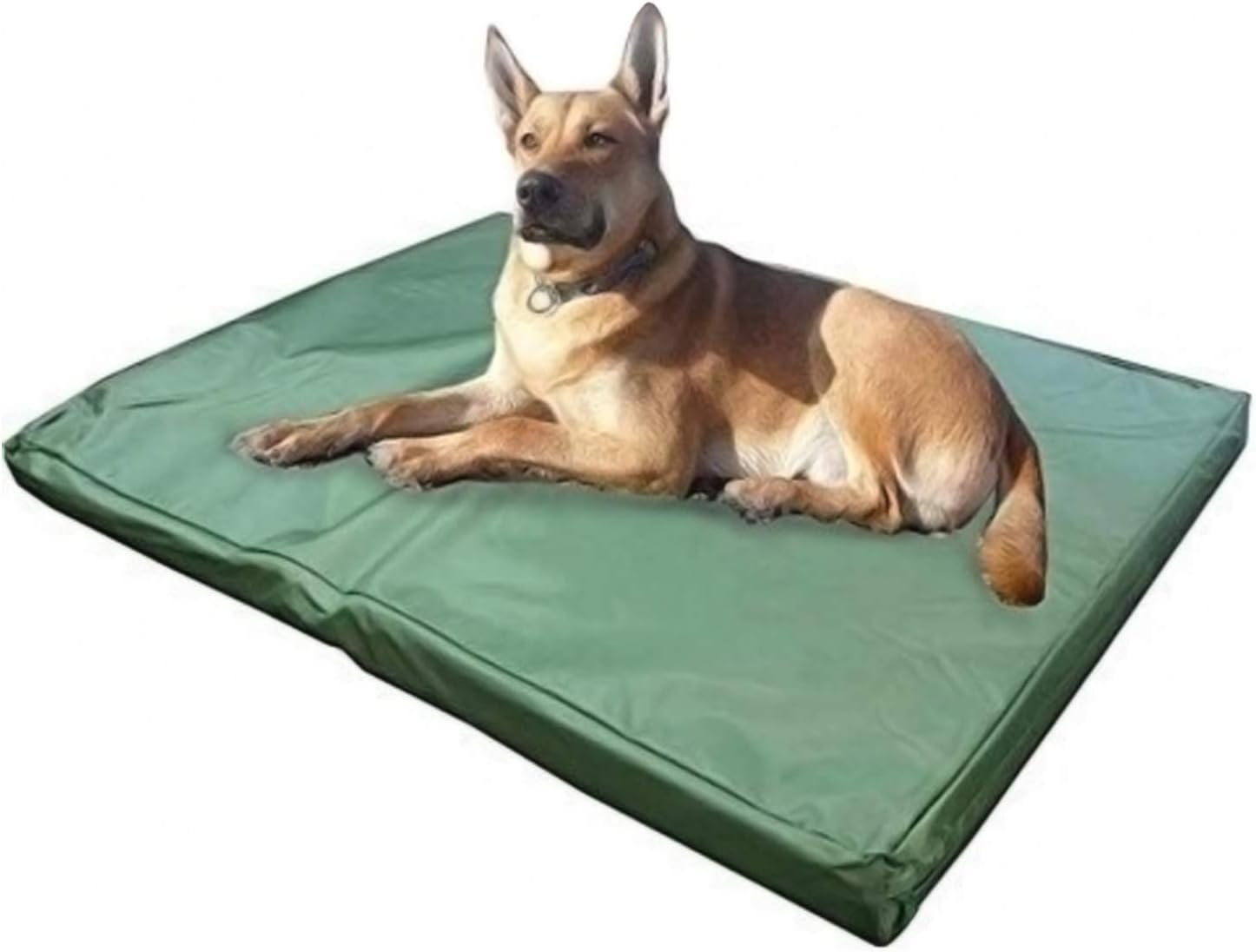
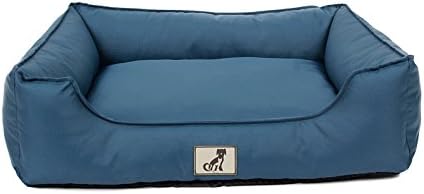
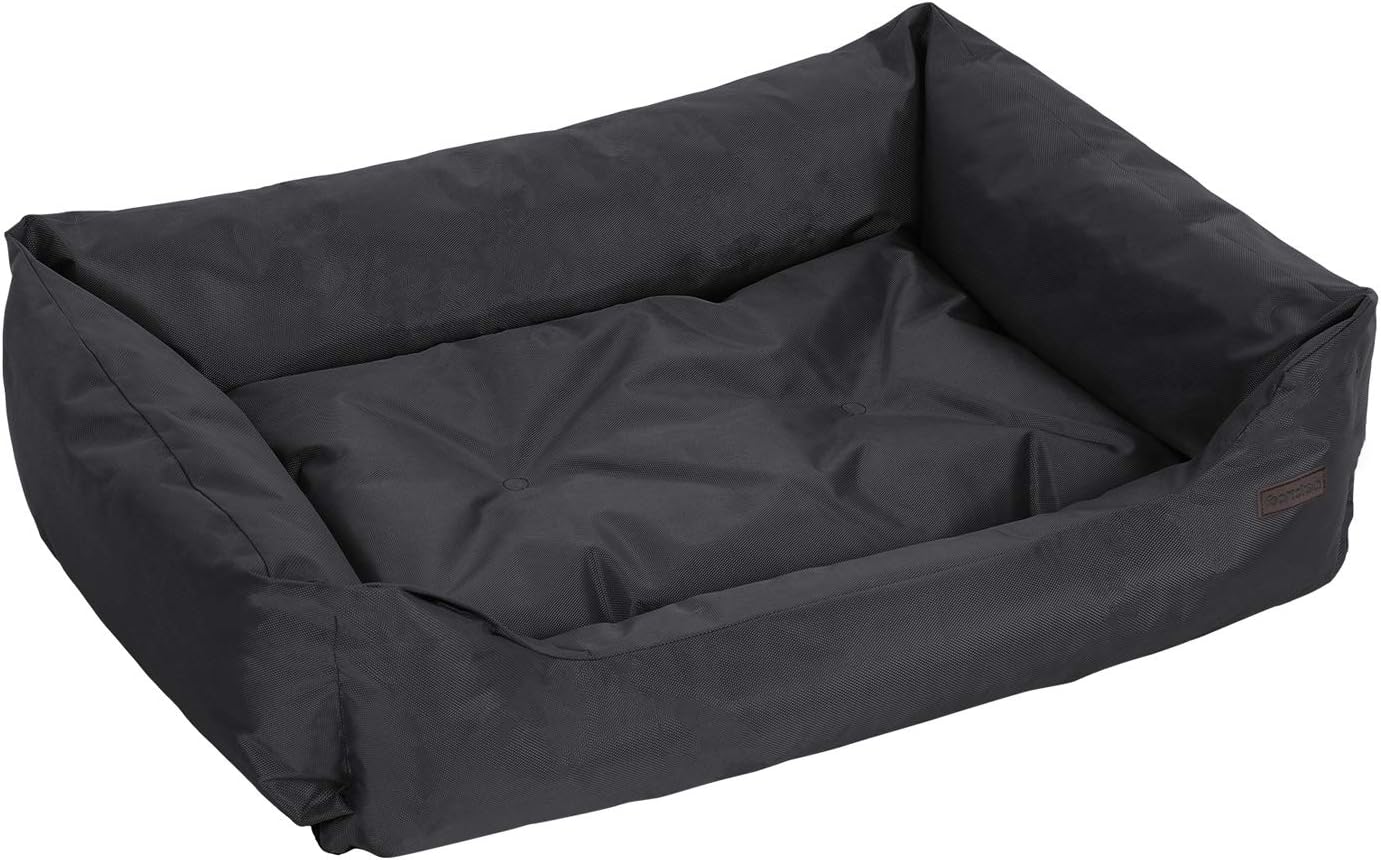

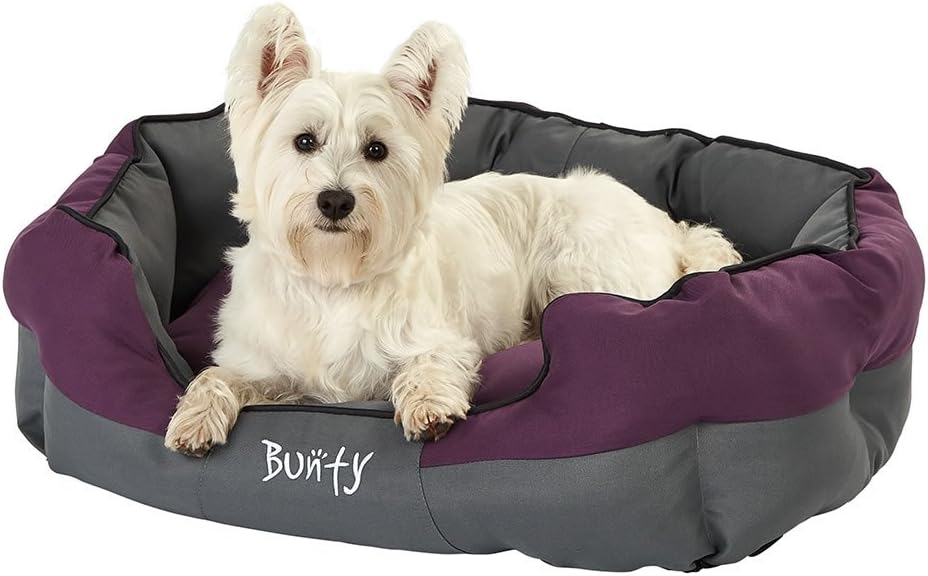
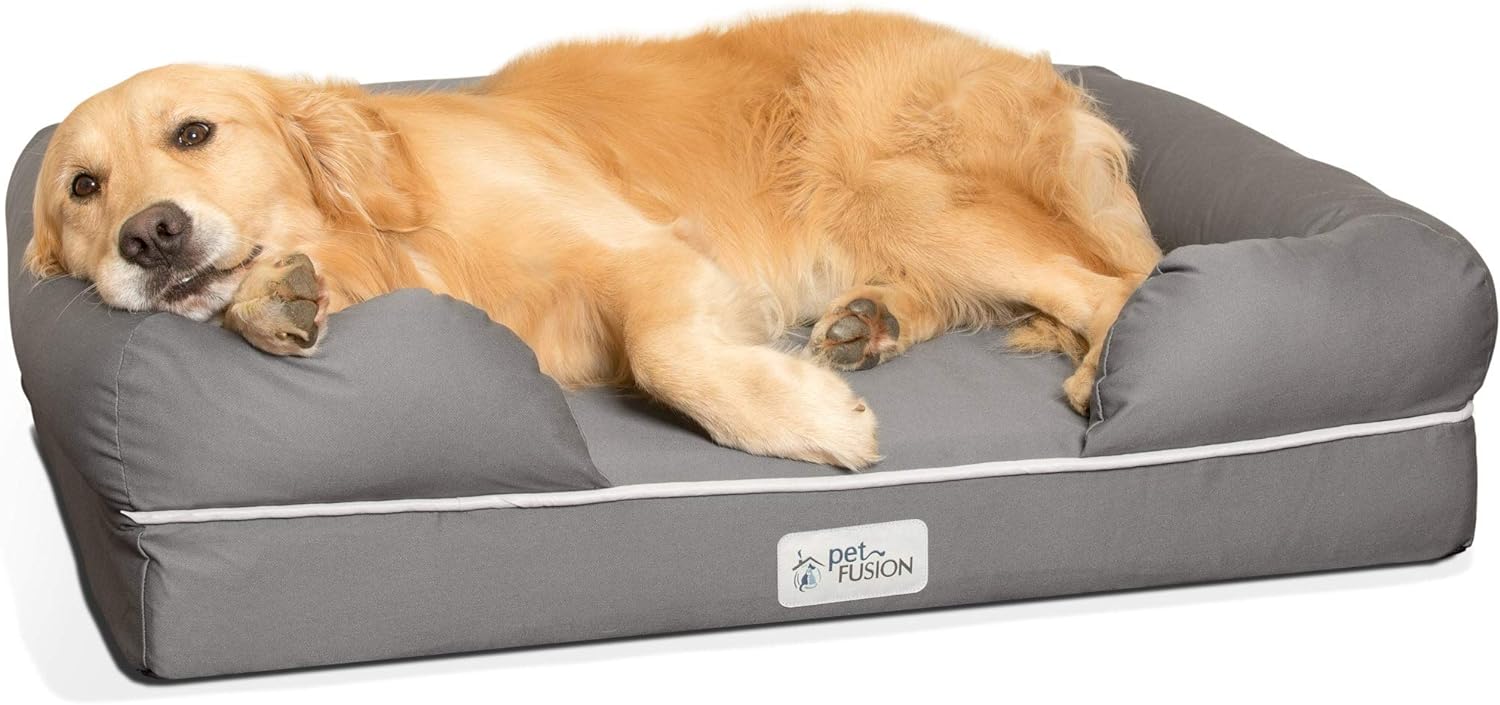
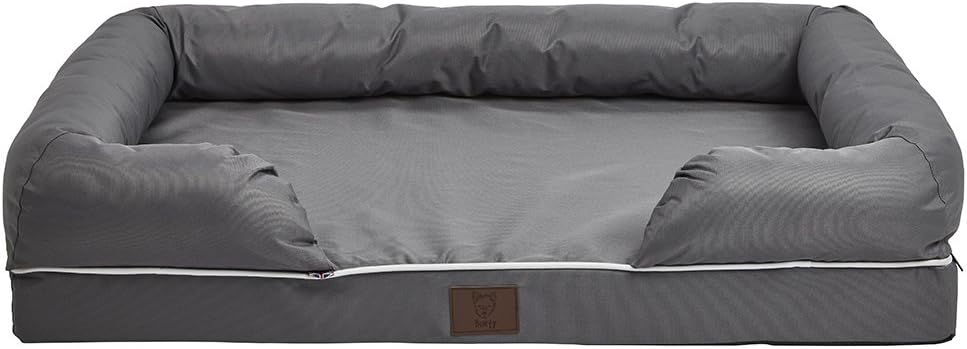
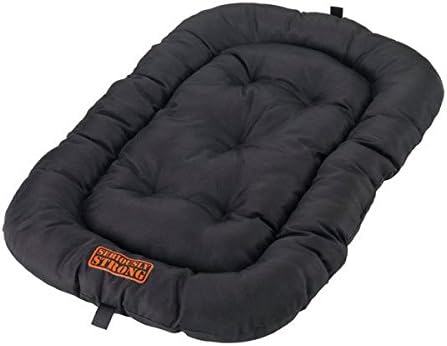

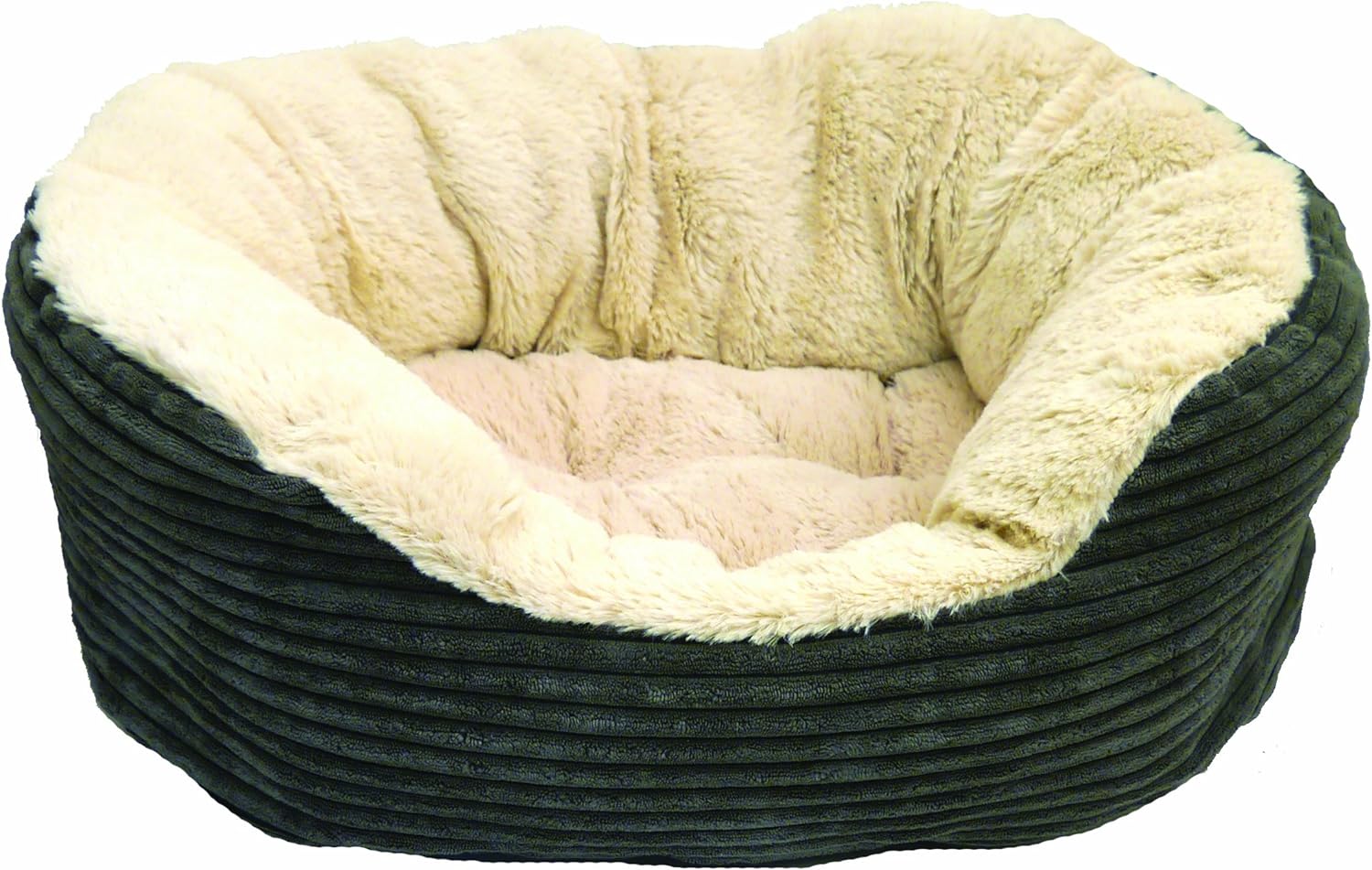
4 Dog Training Tips
We all want a well-behaved dog, don’t we? Or at least even if you don’t want a dog that will sit on command then nobody wants a badly behaved dog right? One that chews up everything in sight and runs off when you take it for a walk, or one that barks all night long…
A badly behaved dog will also be more likely to fight with other pets and may be a danger to other people, especially children. So you should seriously consider teaching your dog when you can make sure you don’t have problems later.
Train the dog as quickly as possible: it’s going to be harder to train bad habits that they’ve learned as they grow up than to bring them good habits. Take the time to train them as early as possible so they don’t have to try and figure out what they’re trying to do on their own, and then get it wrong. Think of your dog as a kid, you wouldn’t let your child grow up by itself, then a couple of years down the track, try to teach them how to act, will you?
Consider getting classes: you can get dog training DVDs and books, and some of them are pretty good, but they’re a poor substitute for a real lesson. In a real class, so that the dog is exposed to other dogs in a controlled environment, you will be taught what to do to teach them as well as to do it in front of the teacher so that they can warn you if you get it wrong and they can support you if your dog doesn’t respond as it should.
Train with love, not fear: nobody learns well when they learn through fear. The idea of training is to get your dog to behave well so that you can have a long and loving relationship, not so that your dog will get away from you every time you get closer! You need to correct them when they do something wrong, by telling them they did wrong, not by hitting them or locking them away, etc., but the main way to train them should be by rewarding good behavior.
Don’t let the bad habits build-up: as I said in the last tip, you can’t let the bad habits build-up, your dog will test you just like a child would, and if you let it get away with something bad, it will know it can do it again. If they’re doing something wrong, then don’t forgive them in two seconds and start squeezing over them, or they’ll think it’s okay, tell them to get out of it, and instead, walk away.
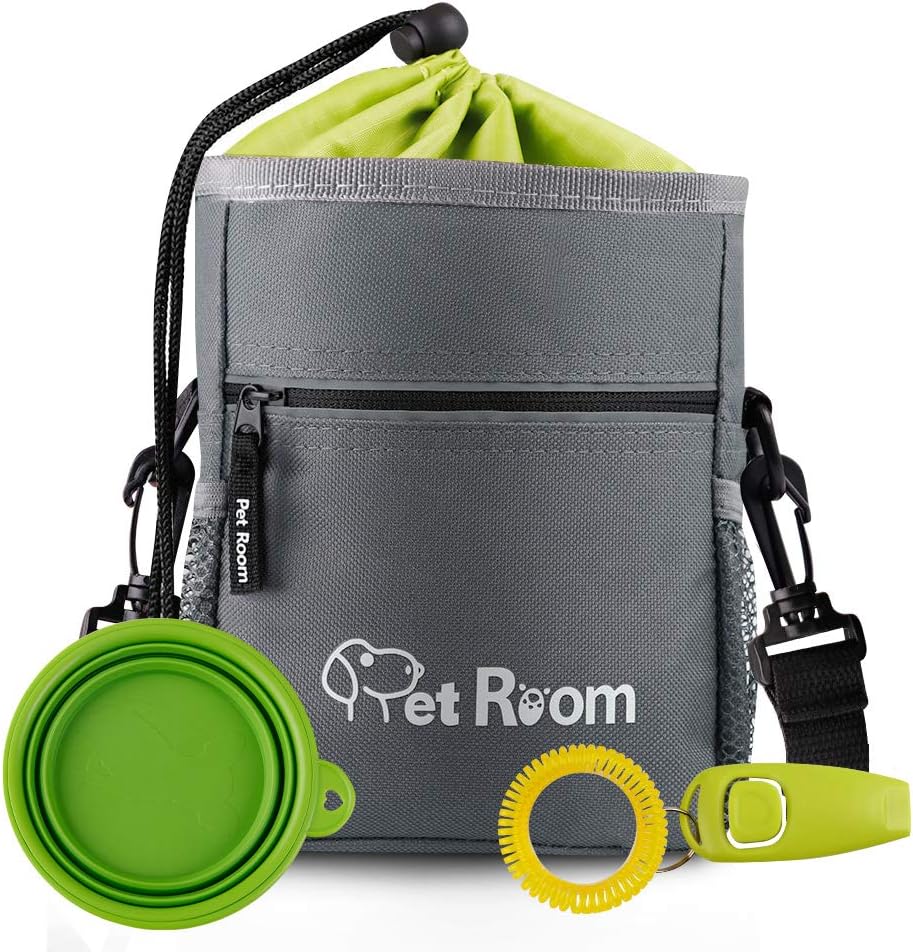
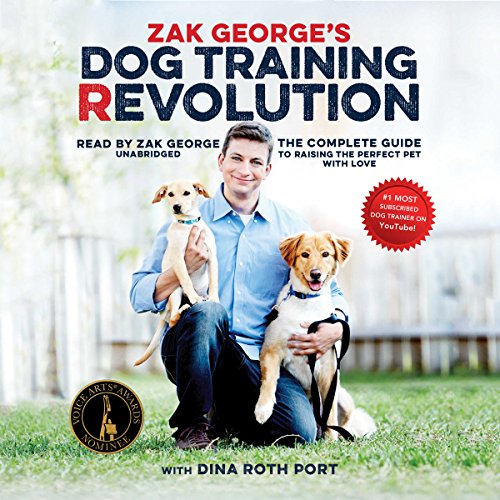
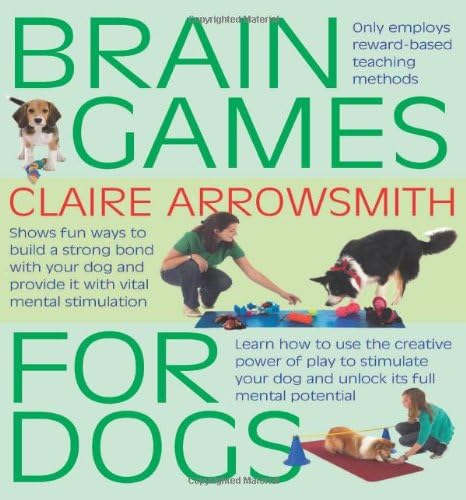
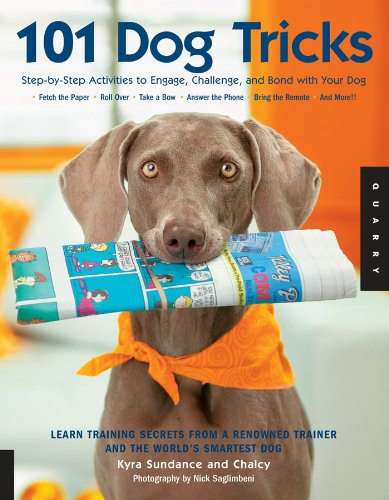
4 Dog Grooming Tips
Dog grooming is not just something you should do to make your dog look good, it is also an important part of keeping your dog healthy and happy, as well as forging a much closer relationship between the two of you. I know it takes time to do that, but having a dog is a big responsibility, and if you get one, then you need to be prepared to groom them (or take them out to be groomed) as part of their weekly care.
Brush their fur regularly: you can get all sorts of dog brushes right now, and one of the best is the FURminator, the name is corny, but it works! Brushing your dog is mainly about removing old fur and stopping the formation of snags and tangles, but it can also be very useful to help you check your dog’s skin. As you brush your dog, you expose the skin below, and you can check for rashes, ticks, and cuts, etc. that might turn out to be nasty later on.
Brush their teeth regularly: Dogs can not look after themselves as they used to when they lived in the wild, and with our processed dog food and treatments, their teeth can begin to decay unless we take care of them. Brushing your dog’s teeth twice a week will help to stop any damage before it starts, but make sure you use special dog toothpaste instead of human toothpaste to make them sick!
Check their ears: A dog’s ears are one of its most sensitive parts, they are thin and hard for your dog to get to if they get anything on or in them. So take some time when you are brushing their coat to inspect their ears for ticks, fleas or any signs of problems.
Keep an eye on their claws: Usually taking your dog out for a walk on pavements and roads will help to wear down your dog’s claws, but if you don’t take them out enough, or the area near you is not hard enough to wear them down, then you might need to take action. You can trim them yourself, but you should look up online or seek professional advice about how short or long to make them, then as you cut them you should inspect their feet for any thorns or glass or anything else which might be stuck in their pads or in-between them, and could cause problems.
![[ 2019 Upgrade ] BYETOO Pet Grooming Glove/Deshedding Brush with Enhanced Five Finger Design–Effective Cat and Dog Hair Remover Mitt–Excellent Pet Grooming Kit for Pet Hair Removal & Gentle Massage](https://lolwowl.com/storage/2023/11/2019-upgrade-byetoo-pet-grooming-glovedeshedding-brush-with-enhanced.jpg)
